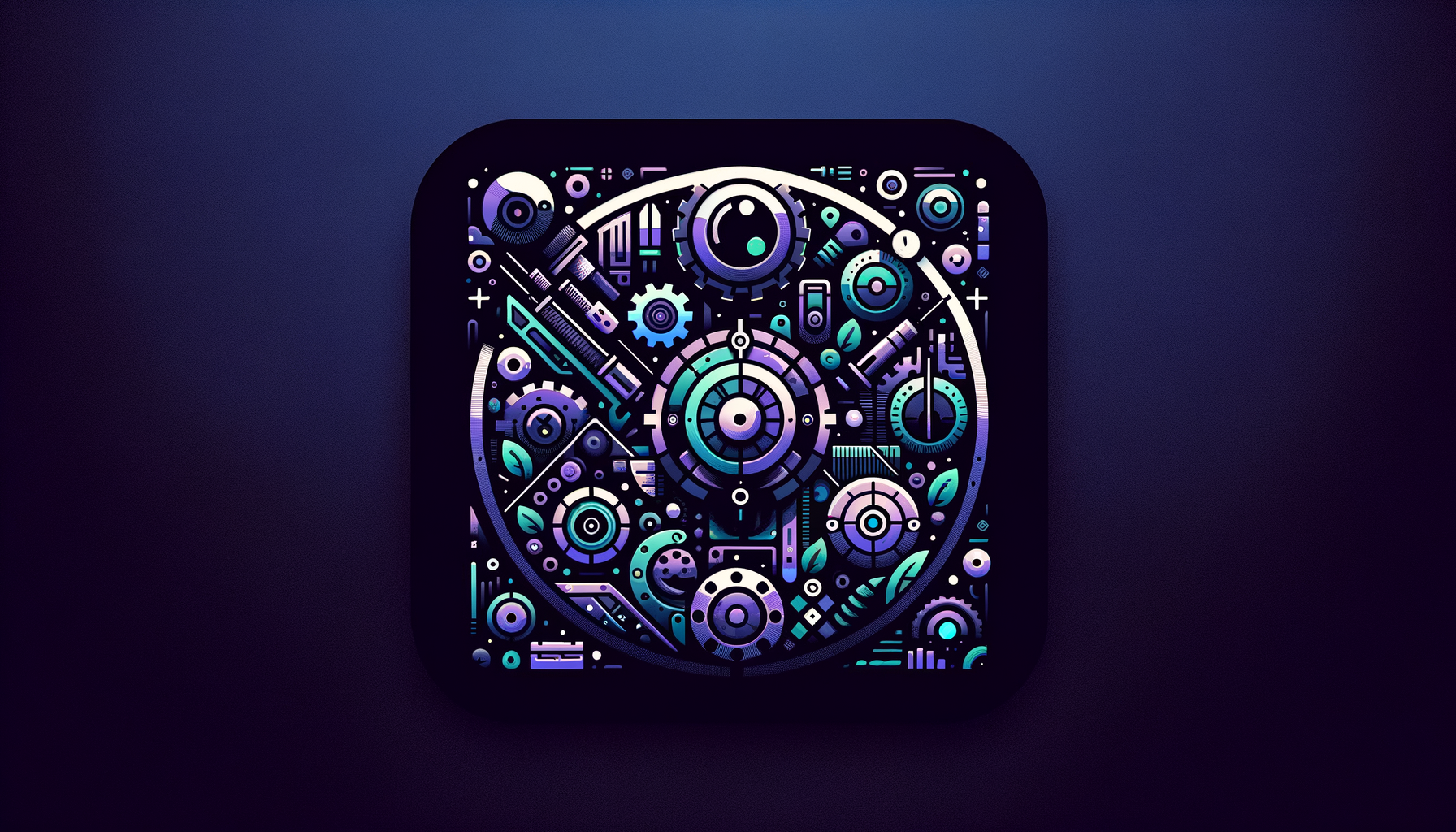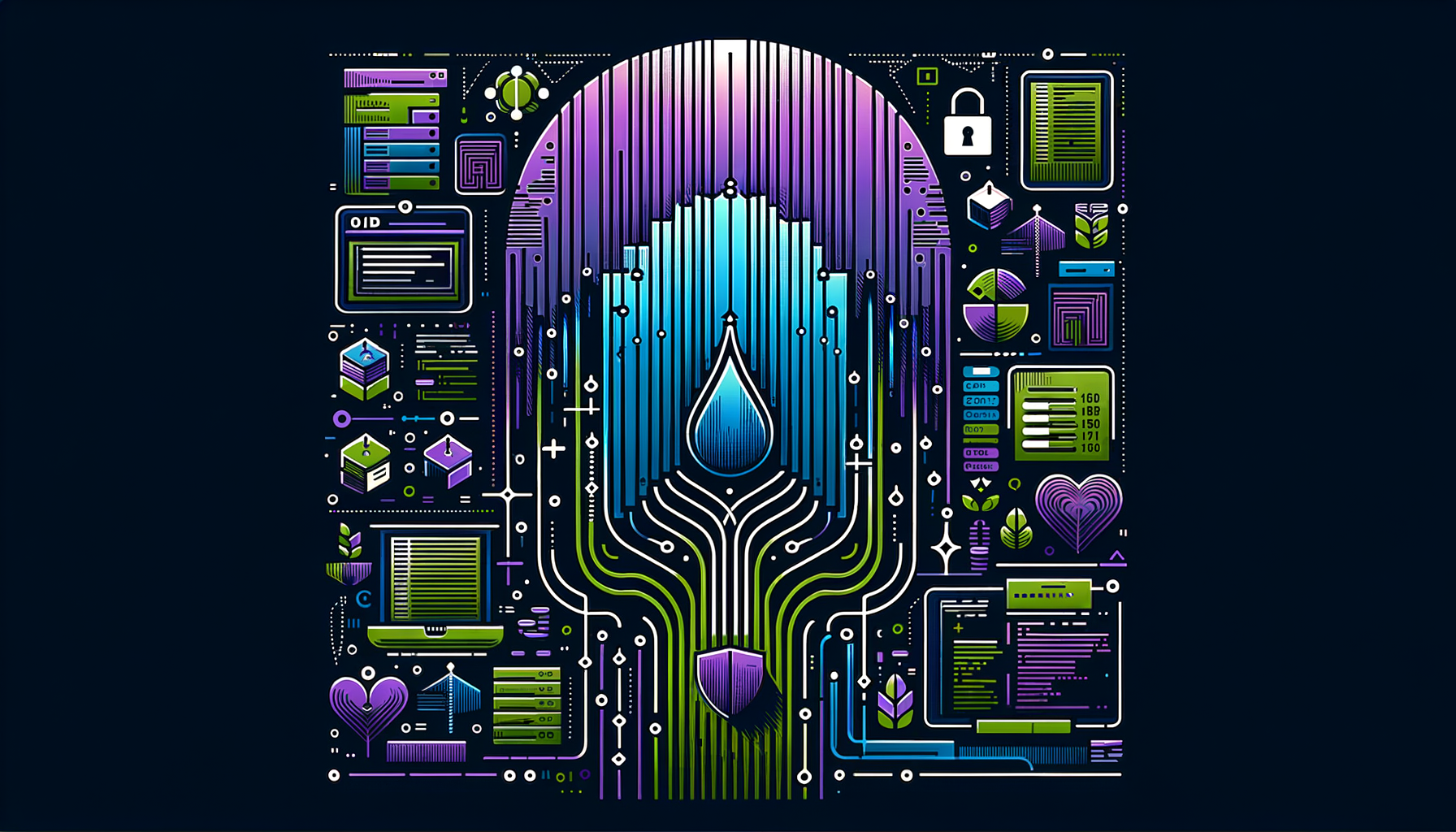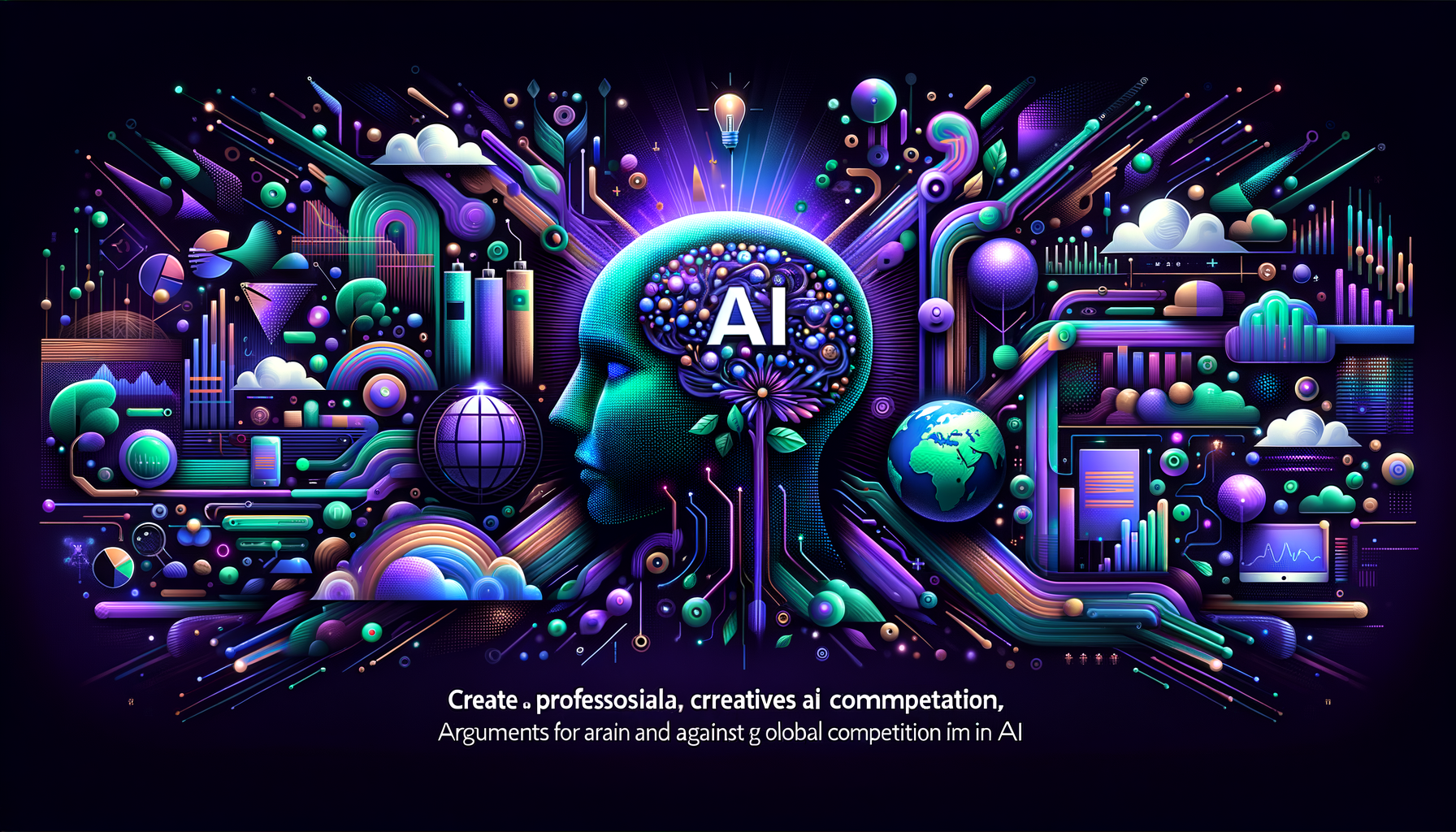Exploring the Future of Wearable Technology: Insights from Wired Gadget Lab Podcast #654
In an era where technological advancements are reshaping our daily lives, wearable technology stands out as one of the most innovative and transformative fields. Recently, the Wired Gadget Lab Podcast #654 delved into this topic, offering valuable insights into the future of wearables and their potential impact on various sectors. At Hodeitek, we aim to explore these trends, analyze their implications, and provide solutions tailored to harness their potential for businesses and individuals alike.
The Evolution of Wearable Technology
Wearable technology has come a long way since the early days of basic fitness trackers. Today, these devices offer a plethora of functionalities, from health monitoring to augmented reality applications. According to a report by Statista, the wearable technology market is projected to reach $87 billion by 2027, signaling robust growth and widespread adoption.
Key Trends Driving Wearable Tech Growth
Several key trends are driving the growth of wearable technology:
- Health and Fitness Monitoring: Advanced sensors and algorithms enable wearables to monitor vital health metrics, providing timely insights and fostering proactive health management.
- Integration with AI: Artificial intelligence enhances wearable functionalities by offering personalized insights, predictive analytics, and adaptive features based on user behavior.
- Augmented and Virtual Reality: Wearable AR and VR devices are transforming industries such as gaming, education, and remote work by providing immersive experiences.
- Advanced Connectivity: With the advent of 5G, wearables can communicate seamlessly with other devices, ensuring real-time data synchronization and improved performance.
Wearable Technology and Cybersecurity
The proliferation of wearable devices has brought forth concerns regarding data security and privacy. With wearables collecting and transmitting sensitive health and personal data, ensuring robust cybersecurity measures is paramount. According to a report by Forbes, cyber attacks on wearable devices could cost businesses over $1 trillion by 2025 if adequate security measures are not implemented.
Key Cybersecurity Challenges for Wearables
The following challenges highlight the complexity of securing wearable technology:
- Data Privacy: Wearables collect vast amounts of personal data, making them attractive targets for cybercriminals. Ensuring data encryption and secure data storage is essential.
- Authentication: Ensuring that data access is restricted to authorized users is crucial. Multi-factor authentication and biometric verification are effective methods to enhance security.
- Software Vulnerabilities: Regular software updates and security patches are necessary to mitigate risks associated with operating system vulnerabilities.
At Hodeitek, we offer comprehensive cybersecurity solutions designed to safeguard wearable technology from emerging threats. Our expertise in cybersecurity enables us to provide tailored solutions that cater to the specific needs of businesses and individuals alike.
User Experience and Wearable Tech
An often-overlooked aspect of wearable technology is the user experience. The success of wearables hinges not only on their functionality but also on how seamlessly they integrate into users’ lives. For instance, the sleek design and intuitive interface of the Apple Watch have contributed significantly to its popularity.
Designing for Usability and Comfort
Key considerations for enhancing the user experience include:
- Ergonomic Design: Wearables should be comfortable to wear for extended periods. Ergonomic design and adjustable straps enhance user comfort.
- User-Friendly Interface: An intuitive interface ensures that users can easily navigate and utilize the device’s features.
- Battery Life: Extended battery life reduces the need for frequent charging, enhancing the overall user experience.
By prioritizing usability and comfort, wearable technology can deliver a seamless and enjoyable experience, fostering higher user adoption and satisfaction.
Wearable Technology in Various Sectors
The potential applications of wearable technology span across various sectors, including healthcare, manufacturing, and entertainment. Let’s explore how wearables are revolutionizing these industries.
Healthcare
In healthcare, wearables are transforming patient care and disease management. Devices such as continuous glucose monitors and smartwatches that track heart health provide valuable data for both patients and healthcare providers. According to a study by NCBI, wearable technology has shown significant promise in improving chronic disease management and preventive care.
Key Benefits in Healthcare:
- Remote Monitoring: Wearables enable remote monitoring of patients, reducing the need for frequent hospital visits and enabling timely interventions.
- Personalized Treatment: By analyzing health data, wearables can facilitate personalized treatment plans tailored to individual patient needs.
- Early Detection: Continuous health monitoring increases the likelihood of early detection of potential health issues, allowing for prompt medical attention.
Manufacturing
In the manufacturing industry, wearables are enhancing workplace safety and efficiency. Smart glasses and wearable sensors provide real-time data and alerts, reducing the risk of accidents and improving operational efficiency.
Key Benefits in Manufacturing:
- Enhanced Safety: Wearable sensors can monitor environmental conditions and detect potential hazards, ensuring worker safety.
- Efficiency Improvements: Real-time data from wearables can optimize workflows, streamline processes, and reduce downtime.
- Training and Support: Augmented reality headsets can provide remote support and training, enhancing workforce skills and knowledge.
Entertainment
Wearable technology is revolutionizing the entertainment industry by offering immersive experiences and interactive content. Virtual reality headsets and smart textiles are transforming how users engage with media and entertainment.
Key Benefits in Entertainment:
- Immersive Experiences: VR headsets provide immersive gaming and entertainment experiences, transporting users to virtual worlds.
- Interactive Content: Smart wearables enable interactive content, enhancing user engagement and satisfaction.
- Enhanced Creativity: Wearable tech allows creators to experiment with new forms of media and storytelling, pushing the boundaries of creativity.
Challenges and Opportunities
While the potential of wearable technology is immense, several challenges need to be addressed to fully realize its benefits. These challenges also present opportunities for innovation and growth.
Key Challenges
- Battery Life: Prolonged battery life remains a critical challenge for wearable devices, necessitating advancements in battery technology and energy-efficient components.
- Interoperability: Ensuring seamless integration and communication between different wearable devices and platforms is essential for a unified user experience.
- Data Security: As previously mentioned, robust cybersecurity measures are necessary to protect sensitive data collected by wearables.
- Regulatory Compliance: Wearable technology must comply with various regulatory standards, particularly in sectors such as healthcare.
Opportunities for Growth
- Advancements in AI: Enhancing wearable functionalities through AI-driven insights and adaptive features presents significant opportunities for innovation.
- Expanding Applications: Exploring new applications for wearables across diverse industries can drive growth and adoption.
- User-Centric Design: Focusing on ergonomic design and user-friendly interfaces can enhance the overall user experience and satisfaction.
As the landscape of wearable technology continues to evolve, businesses and individuals must stay informed and adaptable. At Hodeitek, we offer expert consultation and solutions to help you navigate this dynamic field.
Conclusion
The future of wearable technology is promising, with applications spanning across health, manufacturing, entertainment, and more. As highlighted by the Wired Gadget Lab Podcast #654, understanding the potential and challenges of wearable tech is crucial for leveraging its benefits.
At Hodeitek, we are committed to helping businesses and individuals integrate wearable technology while ensuring robust cybersecurity and optimal user experience. Our comprehensive services are designed to address the unique needs of our clients and drive success in this evolving landscape.
Ready to explore the potential of wearable technology for your business? Contact us today for a personalized consultation and discover how we can help you stay ahead in the world of technology.






